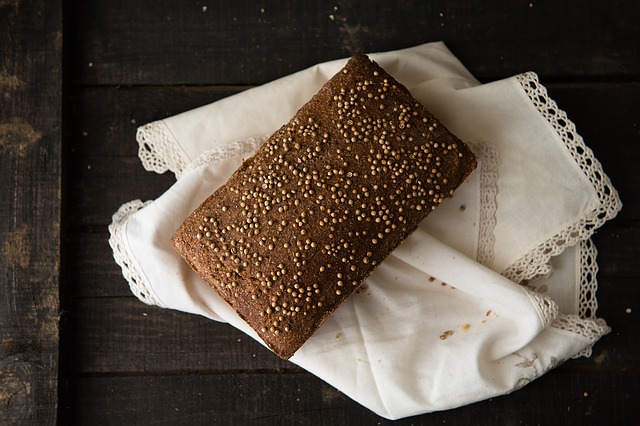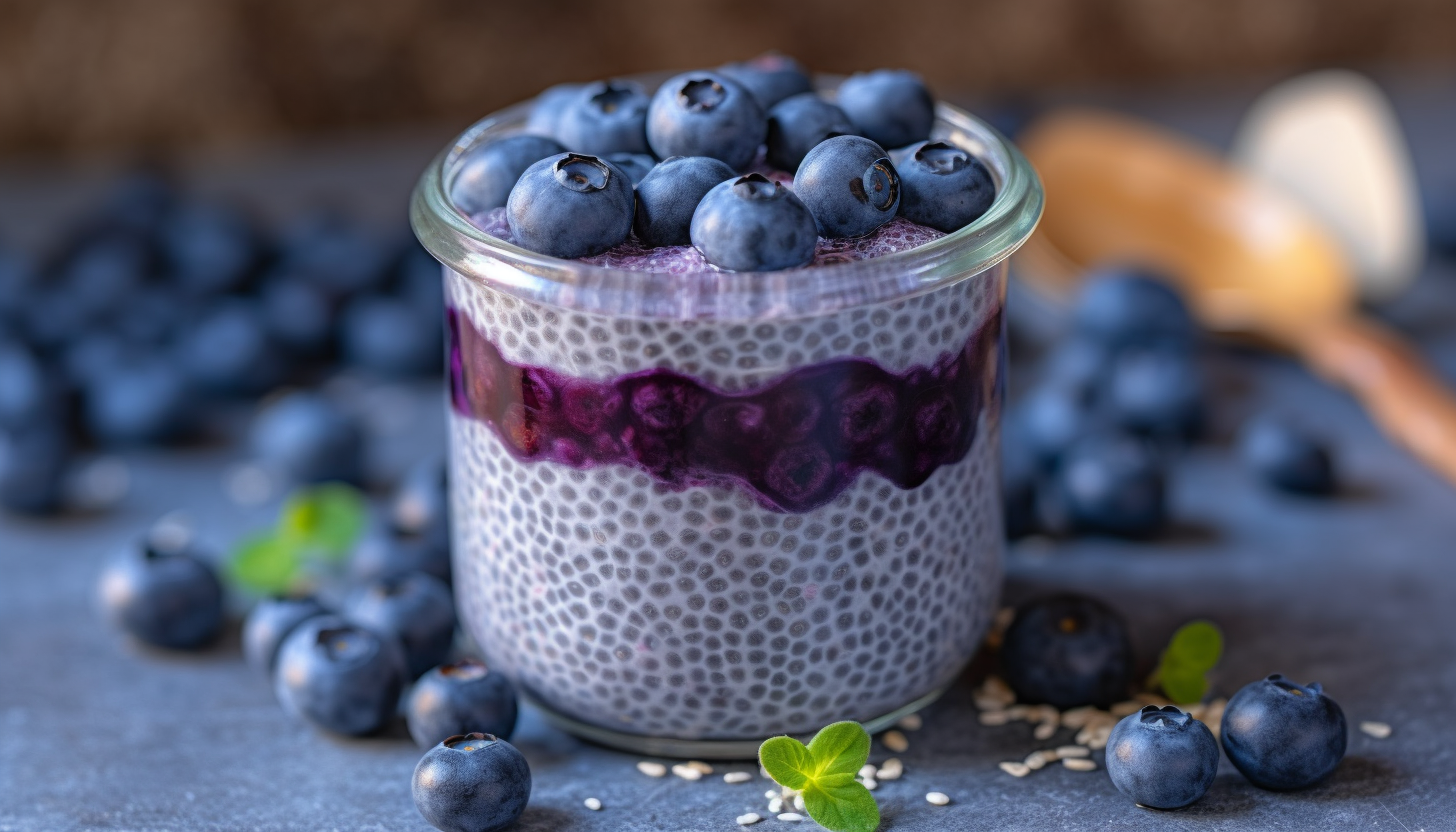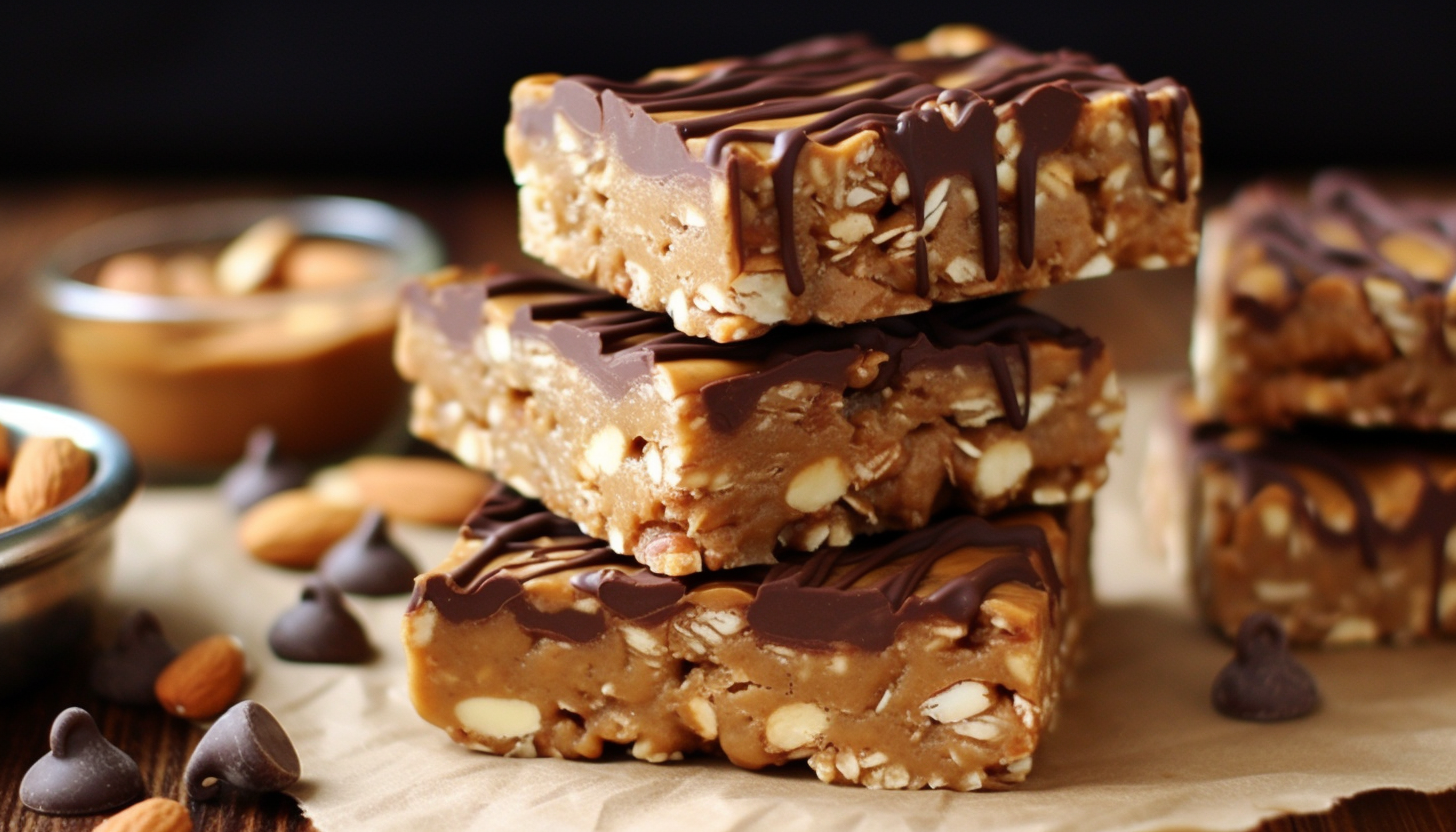Lately we have covered mostly gluten free grains but this week we are covering rye, a grain that does contain gluten. It is a cereal grain and closely related to both wheat and barley (the other 2 gluten containing grains.)
Rye Flour Characteristics
Rye flour contains much less gluten than wheat and that gluten is of poor quality in trapping air bubbles. Breads made with mostly rye flour do not rise as much as those with wheat and the bread tends to be more dense with smaller holes.
On the other hand, rye has more free sugars than wheat, so rye dough ferments faster. Most rye flour sold in the US is whole, with none of the germ and bran sifted out, but it is labeled medium, not whole, to distinguish it from pumpernickel flour, which is a more coarsely ground whole rye flour.
Because it is kept whole, rye flour usually retains a large quantity of nutrients, in contrast to refined wheat flour.
Rye contains:
- manganese
- fiber
- tryptophan
- phosphorus
- magnesium
Rye is higher in these elements than wheat.
Rye Flour History
Rye is one of the most recently domesticated cereal crops. Unlike some other cereal grains that can be traced back to prehistoric times, rye was not cultivated until around 400 B.C. It was first grown in this manner in Germany.
Rye is thought to have originated from a wild species that grew as weeds among wheat and barley fields. Rye was not highly regarded and so took a second place to wheat and other grains and was relegated to food for the poor. But it also tends to grow better in the cooler parts of the world, so in some of those countries it continued to be grown because it was a hardier grain.
Today, the majority of the world’s rye comes from the Russian Federation. Poland, China, Canada, and Denmark are among the other countries that also grow rye commercially.
Types of Rye Flour
(chart from Wholegrainscouncil.org)
| name |
meaning(s) |
| White Rye Flour | Rye flour containing only endosperm is often called “white rye flour.” As with refined wheat flour, white rye flour is missing many of the original nutrients in the rye kernel. |
| Cream or Light Rye Flour | When small traces of the bran have been included, the flour is often called “cream” or “light” rye flour. |
| Medium Rye Flour | If yet more bran is included, you get “medium rye flour,” which begins to exhibit the flavor and character of the rye. |
| Dark Rye Flour | Dark rye from some millers is a 100% whole grain flour, while from others, it may include just the outer layers of the endosperm and some bran; from yet others, dark rye could be the leftovers from making white, light, or medium rye flour. |
| Rye Meal | Also called “whole grain rye flour,” rye meal contains all of the bran, germ and endosperm of the original rye kernel. Rye meal can be ground fine, medium or coarse. |
| Pumpernickel Flour or Meal | Coarse, whole-grain rye flour is called pumpernickel, and gives its name to the traditional German bread. |
Sourdough Rye Bread
Rye flour works very well in sourdough bread and it is the only way I have used it. Rye is high in the enzymes that break starches into sugars which can lead to gummy bread. If made with a sourdough starter the action of the enzymes is slowed and the texture of the bread will be more pleasing to most people.
Bread containing up to 40% rye flour is usually called “rye bread.” Jewish Sour Rye (New York Rye, Deli Rye) is a familiar example.
The rye flour is in a large enough proportion so that it is advisable to add all or most of it as a rye sourdough. There is enough rye so that a distinct rye flavor is tasted. However, there is enough wheat flour to provide gluten to form the kind of crumb we associate with wheat bread.
This recipe is from The Vintage Remedies Guide to Bread.
Sourdough Rye Bread Recipe
Ingredients
- 2/ 3 cup sourdough starter also rye flour is great to feed the starter with to keep it going.
- 4 cups flour - I use a combination for my rye bread of 2 cups rye and 2 cups white flour . I find it is rises better and is just a nicer loaf of bread.
- 1 2/ 3 - 2 cups water
- 1 T honey
- 1 T fresh olive oil
- 1 t salt
Instructions
- Before using the starter I would have pulled it out of the fridge and fed it with equal amounts of flour and water. Then I let it sit out on the counter for 4-6 hours and look for some bubbling action to show me that the starter is active and ready for use. (Starters can be obtained from a friend with an active culture, starting your own, or purchasing a starter.)
- Then I take a ceramic bowl and mix up the above recipe (usually I double it.). I stir it well but usually do not knead it at all because it is often too sticky to knead. (To make sourdough this way you must throw out everything you used to know about bread baking.) Then I cover the bowl and let it sit for 12 hours. If I mix this in the morning then I let it sit until evening. When I poke my finger into the dough after the 12 hours the indentation should stay in the dough for several seconds; this way I now it is time to move on.
- Then I grease my bread pans and put the bread out. This recipe will make 1 -2 loaves in a normal size pan. Again I cover the pans and let them sit another 12 hours.
- Then I put the pans into the oven. 450 for 10 minutes and then 350 for 30 to 35 minutes. If the bread is browned and firm I will pull it out. It usually has risen nicely, although not as tall as bread with added commercial yeast.




Rye bread is common in Finland. I appreciate the info about rye and the history of this grain–it is well suited to the cold climate and short summers of Finland.
I love rye sourdough. Thank you for linking up at Wildrafting Wednesday.
Hi, I’m visiting from Shannon’s weekly cultured gathering. Thanks for explaining rye! I haven’t used it much, but when I do see a traditional rye loaf for sale, oh yum!
It isn’t hard to make if you are used to making your own bread. Give it a try and and let me know how it comes out.